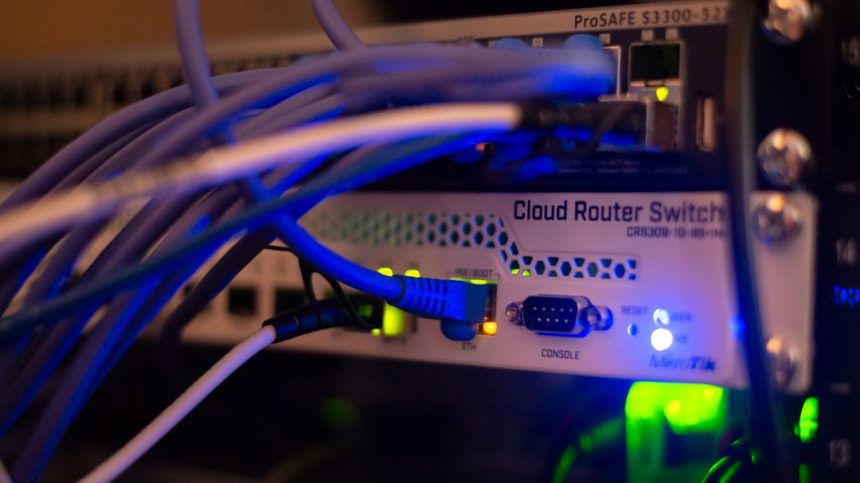Downloading files in Google Chrome should be a seamless and efficient experience. However, sometimes users encounter slow download speeds that negatively impact productivity and general user satisfaction. As of 2025, Chrome remains a leading browser globally, and its developers have made significant optimizations to performance. Still, several external and internal factors can affect download speed. In this guide, we’ll walk you through proven tips and techniques to make downloads faster in Google Chrome, whether you are working on a Windows PC, Mac, or Chromebook.
1. Check Your Internet Connection
This may sound basic, but often the primary cause of slow downloads is an unstable or slow internet connection.
- Test your internet speed: Use websites like Speedtest to measure your current speed.
- Switch to a wired connection: Ethernet usually offers faster, more stable speeds than WiFi.
- Restart your router: This can help resolve latency issues and free up bandwidth.

If after testing you determine that your internet speed is adequate, and you’re still experiencing sluggish downloads in Chrome, read on to explore browser-specific solutions.
2. Update Google Chrome to the Latest Version
Google frequently releases updates that address performance improvements, bug fixes, and security enhancements. These updates often include better support for resource allocation that can positively affect download speeds.
To update Chrome:
- Click the three vertical dots in the top-right corner of Chrome.
- Navigate to Help > About Google Chrome.
- Chrome will automatically update if a new version is available.
- Restart the browser to apply updates.
Running an outdated version of Chrome can cause compatibility issues with modern websites and file-hosting platforms which may limit download efficiency.
3. Disable Unnecessary Extensions
Extensions can be a double-edged sword. While they offer added functionality, some may consume resources or interfere with downloads.
To manage extensions:
- Type chrome://extensions/ in the address bar and hit enter.
- Review the list and disable or remove any extensions you don’t regularly use.
- Special attention should be paid to download managers, ad blockers, or VPN plugins, as they can impact download behavior.
After disabling some problematic extensions, restart Chrome and try downloading the same file again to check for improvements.
4. Clear Browser Cache and Cookies
Accumulated cache and cookies can sometimes confuse Chrome’s functionality, causing lagging or inconsistencies that may affect downloads.
Here’s how to clear them:
- Click on the three-dot menu.
- Select Settings > Privacy and security > Clear browsing data.
- Choose All time as the time range.
- Check Cookies and other site data and Cached images and files.
- Click Clear data.
Clearing this data can free up resources and provide a clean slate, optimizing your Chrome experience.
5. Use Parallel Downloading
Since Chrome 64, Google has included a hidden experimental feature called Parallel Downloading. By splitting files into smaller resources, it can speed up downloads significantly, especially for large files.
To enable this feature:
- Type chrome://flags in the address bar and press enter.
- Search for Parallel Downloading in the search bar.
- Set it to Enabled.
- Restart Chrome.
This method is particularly effective for users downloading over fast networks where latency from single-stream downloads becomes a bottleneck.

6. Disable VPNs and Proxies Temporarily
VPN services encrypt and reroute your traffic which, while useful for privacy, can significantly slow down download performance. Similarly, proxy servers can add latency depending on their location and load.
If you’re using a VPN or proxy, try disconnecting and attempting the download again. If speeds improve, consider using download-specific VPN routing or switching to a faster VPN service.
7. Download from Trusted Sources
Not all websites are optimized for fast file delivery. Poorly maintained or heavily throttled servers on file-sharing websites can make Chrome downloads feel slow no matter your setup.
- Prefer direct download links from CDNs or reputable file hosts.
- Avoid suspicious websites that may intentionally limit download speeds to encourage paid subscriptions.
Whenever possible, try to use HTTPS-secured downloads which are generally prioritized by Chrome and more stable in transmission.
8. Close Background Applications
Browser downloads in Chrome are network-intensive. If other applications are consuming bandwidth or system resources, it can slow down your browsing and download speeds.
What to do:
- Close streaming services (e.g., Netflix, Spotify) running in the background.
- Pause cloud backups or syncing tools like Google Drive or Dropbox during large downloads.
- Monitor background usage using Task Manager (Windows) or Activity Monitor (Mac).
This ensures most of your available bandwidth goes toward the file you’re downloading in Chrome.
9. Use a Dedicated Download Manager
While Chrome handles downloads natively, it’s not always the most efficient tool for multiple or large-scale downloads. Consider using a third-party download manager, many of which integrate with Chrome through extensions or external applications.
Popular choices include:
- Internet Download Manager (IDM)
- Free Download Manager (FDM)
- JDownloader
These tools provide queuing, bandwidth throttling, resume capabilities, and in some cases, faster speeds through multi-threaded downloading.
10. Reset Chrome Settings
If all else fails, you may be dealing with a configuration issue that is hard to pinpoint. Resetting your Chrome settings can often resolve persistent trouble.
To reset Chrome:
- Go to Settings.
- Scroll to the bottom and click Reset settings then Restore settings to their original defaults.
- Confirm the reset when prompted.
Note: This action will reset your homepage, new tab page, search engine, pinned tabs, and disable extensions. It won’t delete your bookmarks or saved passwords.
Final Thoughts
Improving download speed in Chrome involves a layered approach: addressing both browser-specific settings and system-wide conditions. By starting with the basics like checking your internet speed, gradually moving to more advanced tweaks like enabling parallel downloading and monitoring background apps, you can dramatically boost your overall download efficiency.
As Chrome continues to evolve in 2025 and beyond, keeping the browser up to date and understanding how it interfaces with your network and operating system will ensure a smoother browsing and downloading experience.
Whether you’re a professional needing fast access to large files or a casual user downloading media or software, these tips will help you make the most out of Chrome’s capabilities—ensuring faster, safer, and more reliable downloads.


